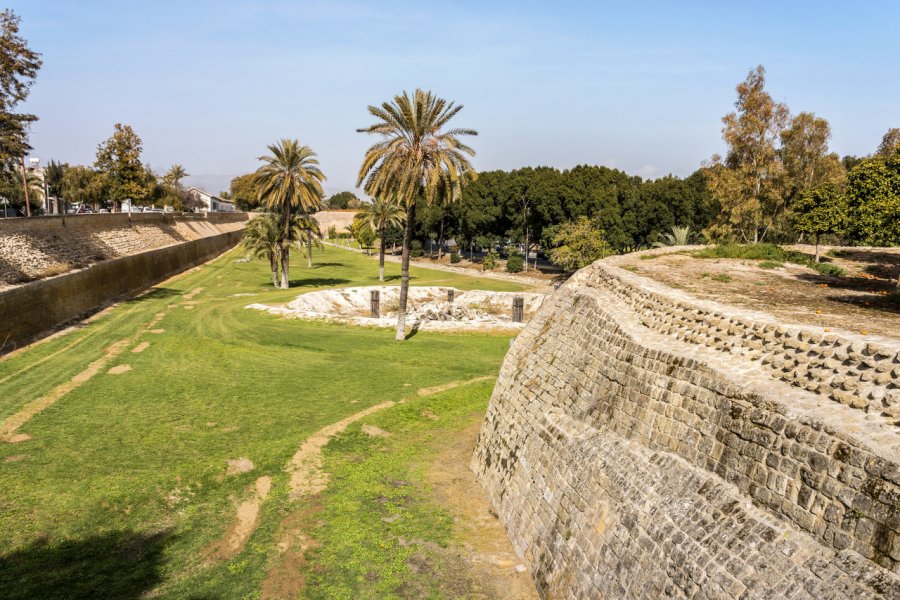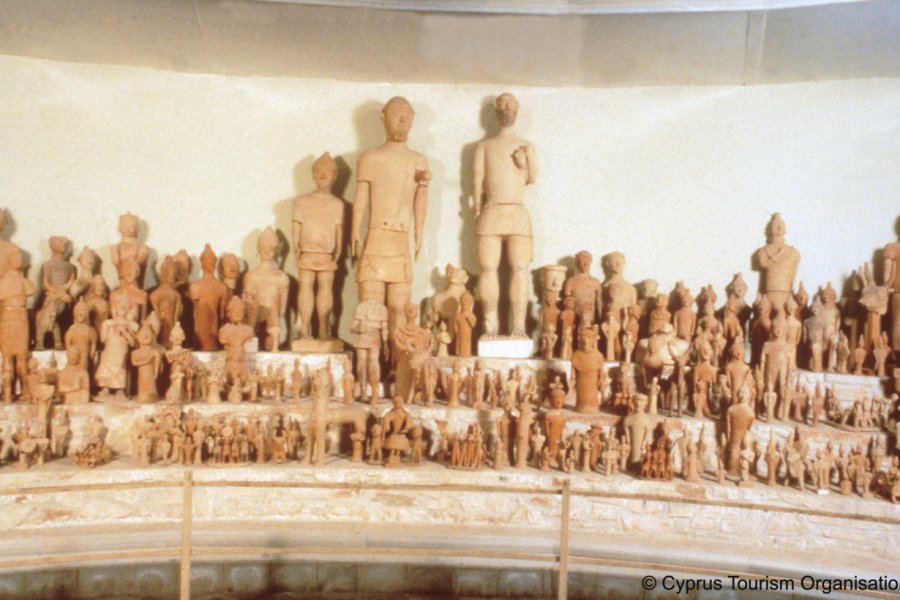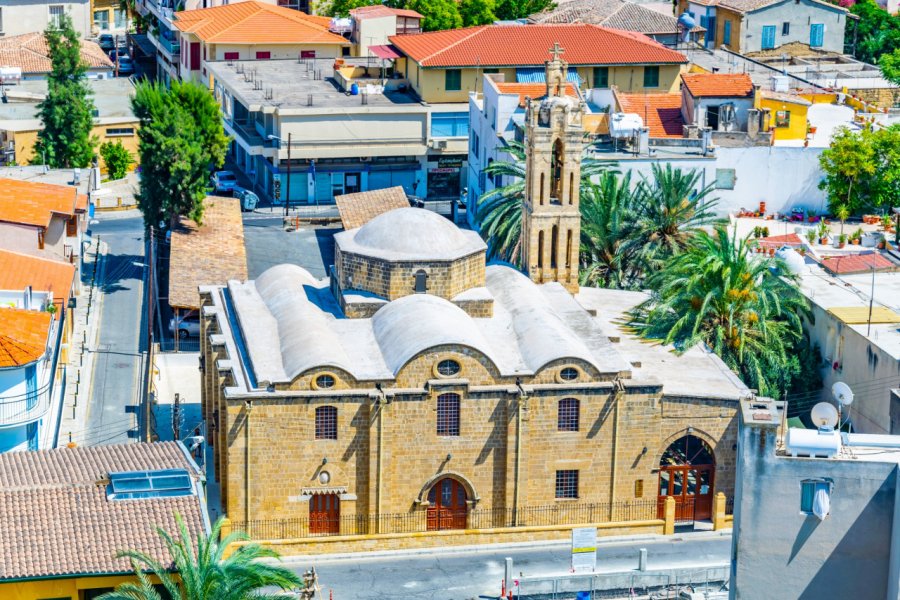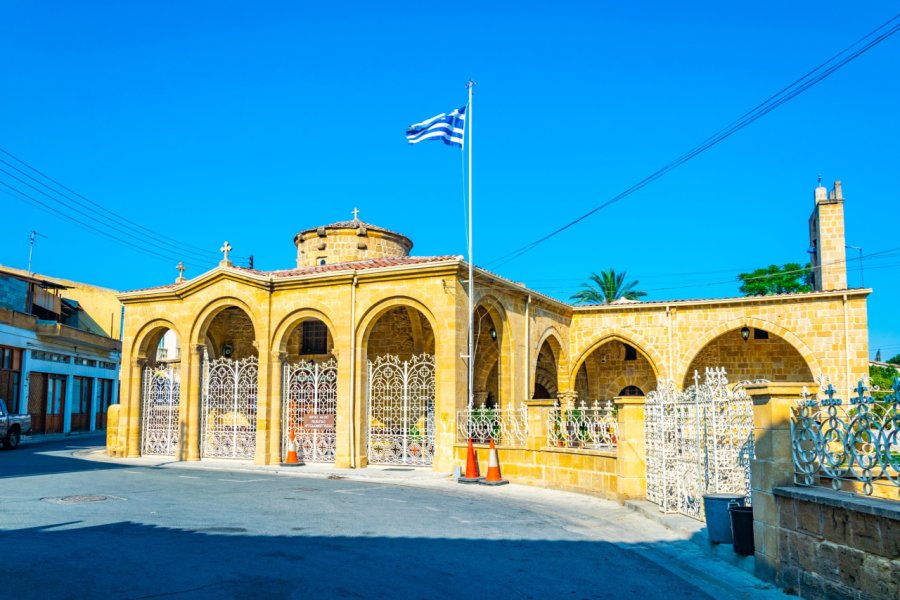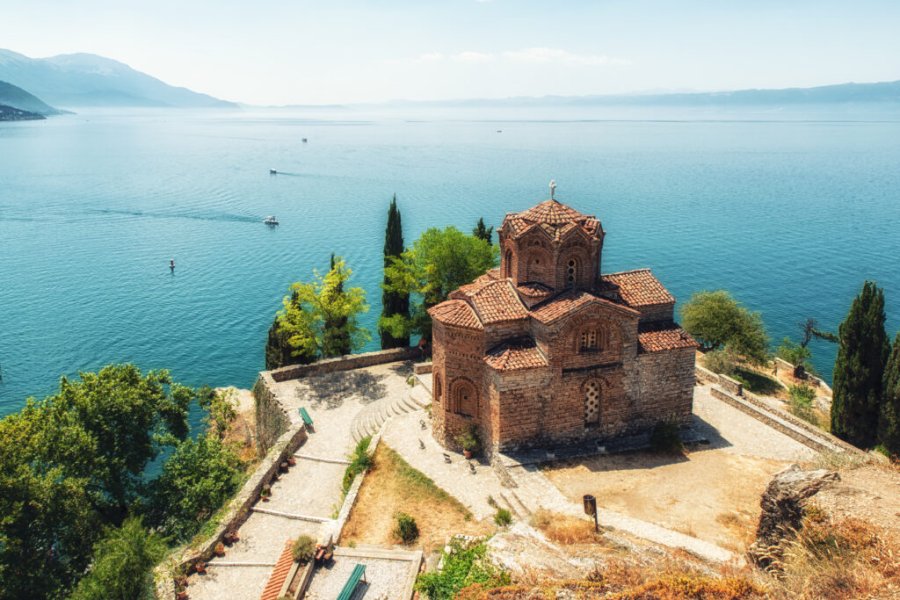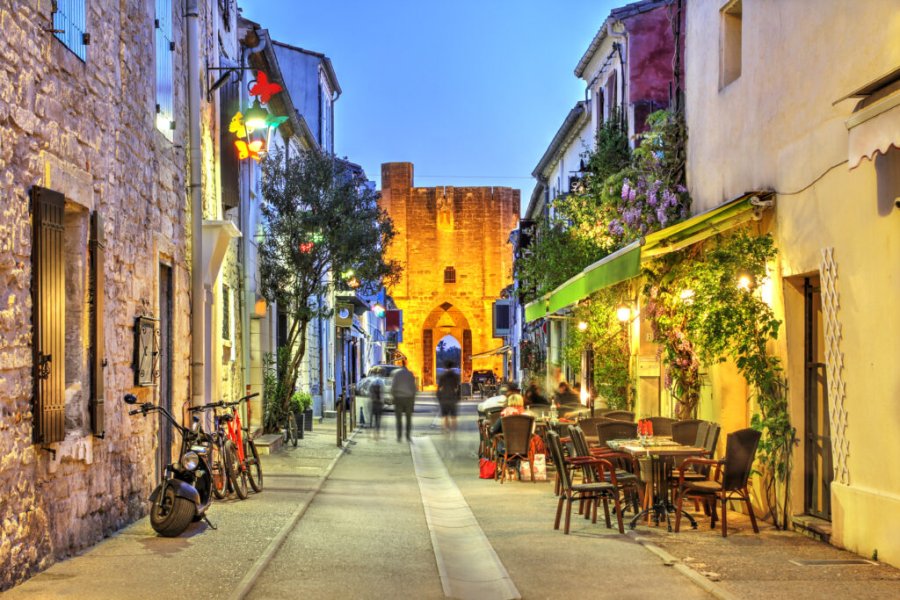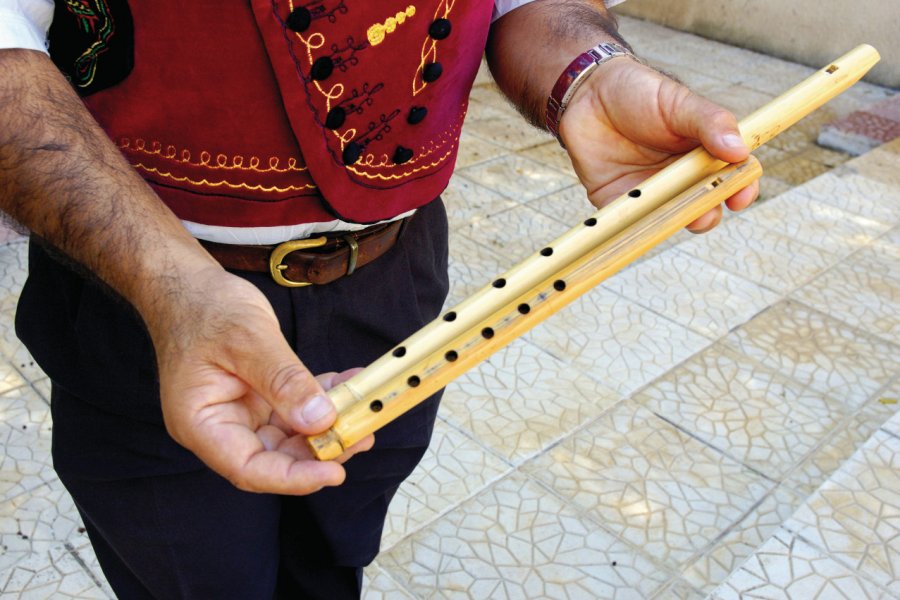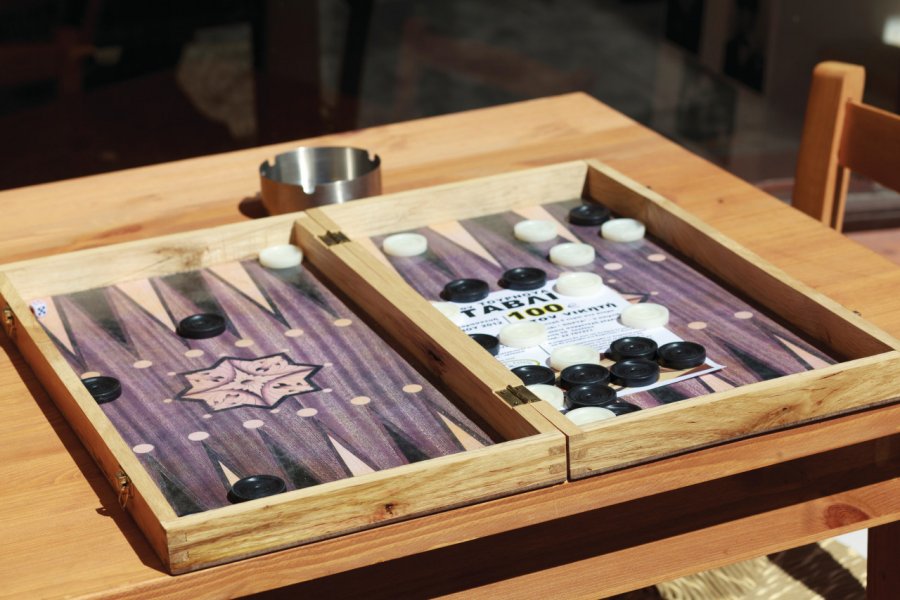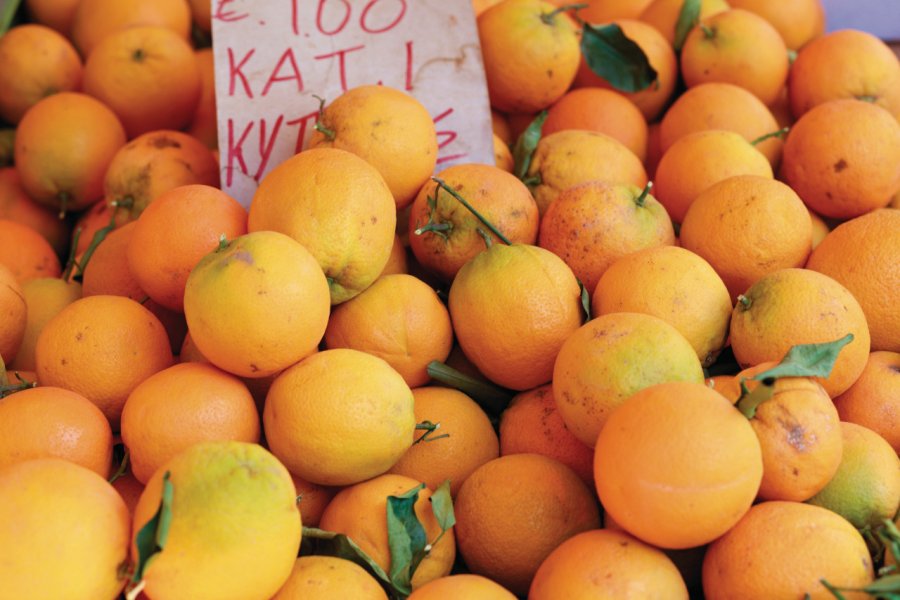Travel Guide Southern Nicosia
Find an accommodation
Advertising
Situation. Nicosia (Λευκωσία/Lefkosia in Greek, Lefkoşa in Turkish, Nicosia in English) is the capital of the district of the same name and capital of the country. It has been separated in two since 1963: the southern part remains under the control of the Republic of Cyprus and is the seat of the only local and national institutions recognized by the international community; the northern part has been occupied militarily by Turkey since 1974 and is the capital of the unrecognized State of the Turkish Republic of Northern Cyprus; between the two, a demilitarized zone («buffer zone», «buffer zone» in English), dubbed the «green line» («green line»), is controlled by the United Nations. The city itself has 116 300 inhabitants: 55 000 inhabitants in the southern part controlled by the Republic of Cyprus; 61 300 inhabitants in the northern part occupied by Turkey. The town and district of Nicosia have 323 000 inhabitants (about 1/3 per cent of the population): 240 000 inhabitants in the southern part and 83 000 inhabitants in the northern part. Nicosia is 27 km south of Kyrenia, 47 km northwest of Larnaca, 58 km west of Famagusta, 86 km northwest of Agia Napa, 90 km northeast of Limassol, 150 km northeast of Paphos, 2 953 km northeast of Paphos (via Limassol). Website of the city: www.nicosia.org.cy.Description. Nicosia is the most charming, étonnante and culturally most interesting city in Cyprus. It is also the one that is most, by tourists. But the only capital divided in the world is constantly surprised. Paradoxically, the separation between Greek and Turkish Cypriots had the effect of preserving the historic heart. Until the establishment of the Ledra Palace (2003) and Ledra Street (2008) points, each of the two parties developed outside the centre, one towards the north and one towards the south. So, today, there are almost two distinct cities. While Nicosia North is less economically developed but the richest in historical monuments (see the chapter «Northern Cyprus»), South Nicosia is more opulent with museums worthy of the largest capitals, intense cultural and economic activity, very good restaurants but also one of the highest purchasing power per capita in the European Union. The «two Nicosies», however, share a very strong common past, starting with the magnificent Venetian fortifications that paved the old medieval city, itself cut in two. Another paradox, the financial crisis of 2012-2013, which hit the new part of the southern region hard, was to strengthen the attractiveness of the small city centre, where most of the places of exit are now concentrated. A hyphen between the East and the West, this charming old town even seems to inspire artists more than ever, since in recent years there has been a lot of galleries, design shops and fashion workshops in the shade of Venetian walls, clochers, minarets and observation posts of Blue helmets. So many good surprises to discover easily and on foot the alleys.
What to visit Southern Nicosia?
Advertising
Suggested addresses Southern Nicosia
x 44
The best restaurants
x 22
The best hotels
x 106
The best visits
x 2
Travel agencies
x 30
The best transportation
x 31
The best outings
x 4
Sport and leisure activities
x 5
The best treats
x 2
The best care
x 8
The best stores
x 1
The best home-deco
x 7
The best services
x 4
The best events
x 2
The good plans
Weather at the moment
Advertising
Organize your trip with our partners Southern Nicosia
Transportation
Book your plane tickets
Car Rental
Boat rental
Accommodation & stays
Find a hotel
Holiday rental
Find your campsite
Tailor-made trip
Immersion travel
Services / On site
Activities & visits
Find a doctor
Southern Nicosia travel inspiration
Find unique Stay Offers with our Partners
Pictures and images Southern Nicosia
Other destinations nearby Southern Nicosia
25 km away

